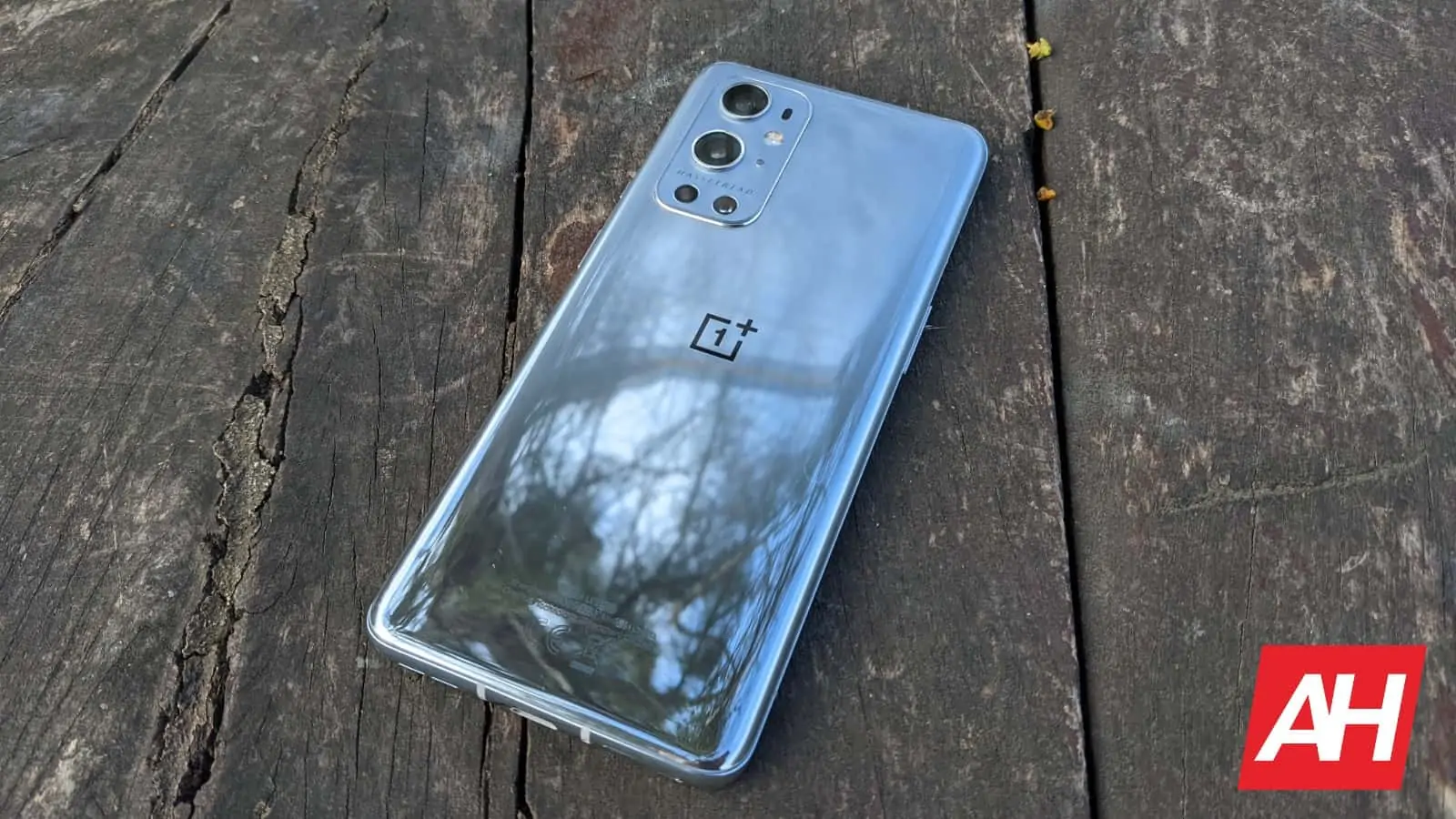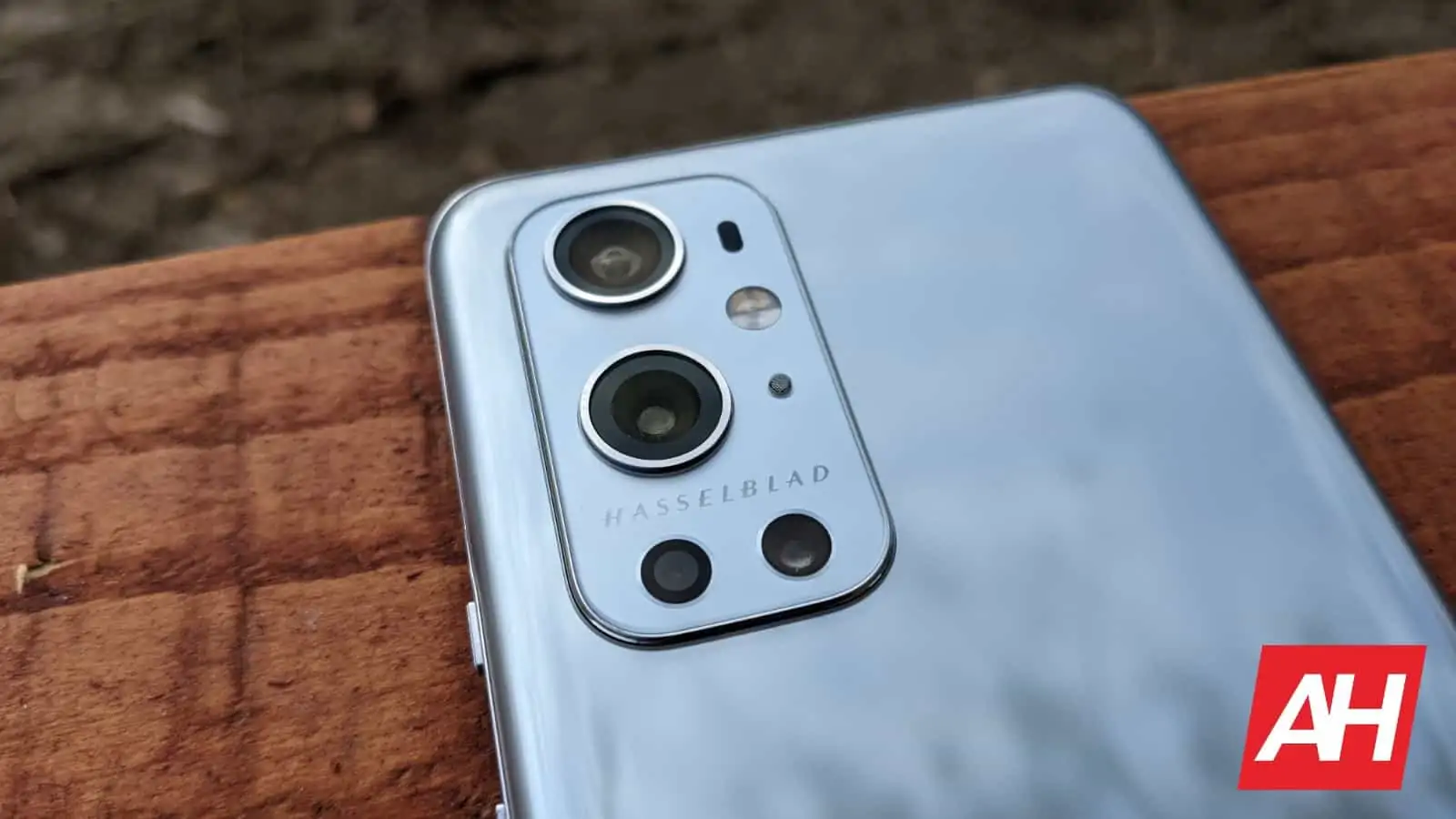Both OnePlus and Sony announced their premium offerings for 2021, and we’re here to compare them. In this article, we’ll compare the OnePlus 9 Pro vs Sony Xperia 1 III. The OnePlus 9 Pro has been on the market for a while now, while the Sony Xperia 1 III is on its way to consumers. Needless to say, both of these smartphones are quite compelling. They do have some things in common, when it comes to specs, but for the most part, they’re not that similar.
These two phones differ quite a bit in the design department, while the two companies took different approaches to photography as well. Their software is also quite different, and so on. Before we begin, it is worth noting that the Xperia 1 III is the more expensive phone here. Having said that, we’ll kick things off by listing their specifications, and will then move to other categories such as design, display, performance, and so on. Let’s kick off the OnePlus 9 Pro vs Sony Xperia 1 III comparison, shall we.
Specs
| OnePlus 9 Pro | Sony Xperia 1 III | |
| Screen size | 6.7-inch WQHD+ AMOLED LTPO curved display (120Hz adaptive refresh rate) | 6.5-inch 4K OLED flat display (120Hz refresh rate) |
| Screen resolution | 3216 x 1440 | 3840 x 1644 |
| SoC | Qualcomm Snapdragon 888 | Qualcomm Snapdragon 888 |
| RAM | 8GB/12GB (LPDDR5) | 12GB (LPDDR5) |
| Storage | 128GB/256GB (UFS 3.1); Non-Expandable | 256GB/512GB (UFS 3.1); expandable |
| Rear cameras | 48MP (Sony IMX789, f/1.8 aperture, 7P lens, OIS, EIS, 1.12um pixel size 48MP images, 2.24um pixel size 12MP images (4-in-1 binning), 23mm focal length) 50MP (ultra-wide, f/2.2 aperture, Freeform Lens, 7P lens, Sony IMX766) 8MP (telephoto, 1.0um pixel size, f/2.4 aperture) 2MP (monochrome) |
12MP (f/1.7 aperture, wide, 1.8um pixel size, Dual Pixel PDAF, OIS) 12MP (f/2.3 aperture, 70mm telephoto, f/2.8 aperture, 105mm telephoto, Dual Pixel PDAF, 3x/4.4x optical zoom, OIS) 12MP (f/2.2 aperture, 16mm ultrawide, Dual Pixel PDAF) 0.3MP (TOF 3D, depth) |
| Front cameras | 16MP (Sony IMX471, 1.0um pixel size, EIS, Fixed Focus, f/2.4 aperture) | 8MP (f/2.0 aperture, 1.12um pixel size, 24mm wide) |
| Battery | 4,500mAh, non-removable, 65W wired charging, 50W wireless charging, reverse wireless charging | 4,500mAh, non-removable, 30W wired charging, wireless charging, reverse wireless charging |
| Dimensions | 163.2 x 73.6 x 8.7mm | 165 x 71 x 8.2mm |
| Weight | 197 grams | 186 grams |
| Connectivity | 5G, LTE, NFC, Bluetooth 5.2, Wi-Fi, USB Type-C | 5G, LTE, NFC, Bluetooth 5.2, Wi-Fi, USB Type-C |
| Security | In-display fingerprint scanner (optical) | Side-facing fingerprint scanner |
| OS | Android 11 OxygenOS |
Android 11 |
| Price | $969 / $1,069 | $1,300 |
| Buy | OnePlus | Sony (not yet available) |
OnePlus 9 Pro vs Sony Xperia 1 III: Design
Both the OnePlus 9 Pro and Sony Xperia 1 III are made out of metal and glass. They do look considerably different, though, and they do feel different in the hand. The Xperia 1 III is considerably narrower than the OnePlus 9 Pro, while it’s slightly taller at the same time. Sony’s flagship is also thinner than OnePlus’, and it’s a bit lighter. Neither of the two phones are particularly light, though they both weigh below 200 grams.
The OnePlus 9 Pro includes a curved display, and a display camera hole in the top-left corner. The Xperia 1 III has somewhat more pronounced bezels than the OnePlus 9 Pro, but it doesn’t have a display camera hole, or anything of the sort. The phone also includes a flat display. A side-facing fingerprint scanner is included on the Xperia 1 III, while the OnePlus 9 Pro utilizes an optical in-display fingerprint scanner.
Both devices are IP68 certified for water and dust resistance, by the way. The Xperia 1 III also has a physical camera shutter on the right, while the OnePlus 9 Pro includes an alert slider. They’re both quite slippery in the hand, so using a case may be a good idea. They do feel premium in usage, that’s for sure. Both phones are well built, but your preference will play a huge role here, as they’re different from the outside.
OnePlus 9 Pro vs Sony Xperia 1 III: Display
The OnePlus 9 Pro includes a 6.7-inch QHD+ (3216 x 1440) Fluid AMOLED 2 display. This is a curved panel, and an LTPO display at the same time. It means it has an adaptive refresh rate of up to 120Hz. The display can project up to 1 billion colors, and it does support HDR10+ content. Its peak brightness is 1,300, which is quite good. This panel is protected by Corning’s Gorilla Glass 5, in case you were wondering.
The Sony Xperia 1 III, on the other hand, features a 6.5-inch 4K (3840 x 1644) OLED display. This panel can also project up to 1 billion colors, and it does support HDR content. This is a 120Hz panel, though it’s not an LTPO display. Sony included Corning’s Gorilla Glass Victus to protect this panel, which is Corning’s latest and greatest display protection. As you can see, both phones have plenty to offer in the display department.
You won’t be disappointed with either of these two panels, in real-life usage. They both offer vivid colors, and great viewing angles. They are both also quite bright, though the OnePlus 9 Pro offers a bit more in that regard. You won’t really notice the extra sharpness on the Xperia 1 III, and the 4K resolution will kick in only when you’re watching 4K content or something of the sort. Both of these displays are excellent, and will serve you well.
OnePlus 9 Pro vs Sony Xperia 1 III: Performance
In the performance department, they’re both quite great. That is to be expected considering the hardware included here. Both of these smartphones are fueled by the Snapdragon 888, one of the two most powerful processors Qualcomm released thus far. On top of that, both phones offer more than enough RAM, and really fast storage as well. You can choose between 8GB and 12GB on the OnePlus 9 Pro, while the Xperia 1 III comes with 12GB of RAM by default.
Both phones ship with Android 11, though their skins are considerably different. Sony’s is closer to stock Android, that’s for sure, but both perform great. They’re extremely snappy when it comes to everyday tasks. Opening and closing apps is a breeze, and the same goes for multitasking. The Xperia 1 III is ideal for split screen tasks due to its tall display aspect ratio, by the way. They’re also excellent multimedia consumption machines.
One thing worth noting is that the Xperia 1 III does get unusually warm. That is something Sony may fix via a software update, but it’s a bit odd. It doesn’t get hot or anything of the sort, but it’s worth noting. Now, gaming is also really good on both phones. They can run basically any game you throw at them, and they can do it in style. These are powerhouse smartphones after all.
OnePlus 9 Pro vs Sony Xperia 1 III: Battery
Both of these smartphones come with the same battery capacity. Both of them include a 4,500mAh battery. Do they offer similar battery life results? Well, no, not really. To be quite honest, the OnePlus 9 Pro does offer a bit more in that department. The phone was able to cross the 6-hour screen-on-time consistently for us, especially after the last couple of updates. The Xperia 1 III falls a bit under that mark, but not by much. This will all depend on your usage, of course. If you do end up playing some games, those numbers will be lower. It all depends on how you use your phone.
The OnePlus 9 Pro and Sony Xperia 1 III do support fast charging. OnePlus’ flagship comes with 65W fast wired charging, while it also supports 50W fast wireless charging. The Xperia 1 III offers 30W fast wired charging, and wireless charging as well, but it’s considerably slower than what OnePlus has to offer. Reverse wireless charging is also in the Xperia 1 III’s repertoire, though it’s quite slow, of course. That’s the case with all reverse wireless charging implementations in smartphones, so… it is to be expected.
OnePlus 9 Pro vs Sony Xperia 1 III: Cameras
Both devices have four cameras on the back, and one on the front. They do use considerably different camera setups, though. The OnePlus 9 Pro camera experience is now considerably better than it was at launch. OnePlus optimized various parts of the camera experience on the device, and fixed quite a few issues with it. Sony will have to do the same, it seems. The phone’s ‘Basic’ mode is not that great, to be quite honest. The images do end up looking a bit softer than they should, while the white balance is not great either. The same goes for dynamic range.
If you delve into more detail, and don’t use the ‘Basic’ mode, you can great some excellent-looking photos, without a doubt. The auto mode on the OnePlus 9 Pro performs really well, and the vast majority of you will likely use that exclusively. The dynamic range is good, the colors do tend to look excellent, and OnePlus fixed some white balance issues as well. The OnePlus 9 Pro also manages to capture better macro shots in auto mode, and it allows for more light to be present in dark scene modes. Therefore, it is able to acquire more details from the shadows in such images.
CAMERA UPDATE: Sony actually fixed the camera for the final build that people will be able to purchase in stores. The dynamic range is now excellent, the images are not soft at all, and the white balance is on point. The only complaint is that the device could pull out more detail from the shadows in low light, but other than that, it’s flagship-grade all the way.
Audio
Both of these devices have stereo speakers, but only the Xperia 1 III has a 3.5mm headphone jack. The speakers are good on both phones, though the Xperia 1 III’s could be a bit louder. They’re really good, but for some reason they’re not as loud as we’re used to. The sound coming from speakers on both phones does end up being sharp, and it’s well-balanced across the spectrum.
If you do end up hooking up a good pair of headphones to these devices, you’ll get solid sound in return. Audiophiles are the only ones that may end up complaining here. You’ll even get some bass from these two smartphones, and they do deliver what you’d expect. These are not the best audio smartphones in the market, but they’re more than good enough for the vast majority of people.



